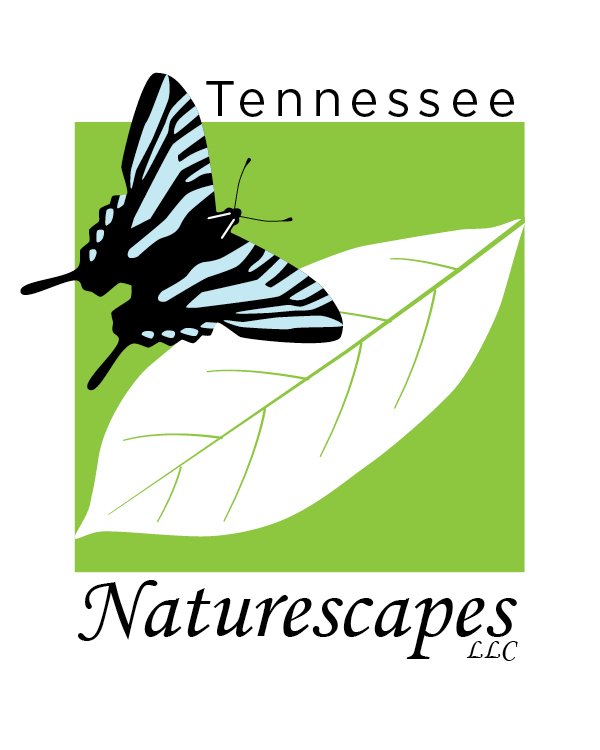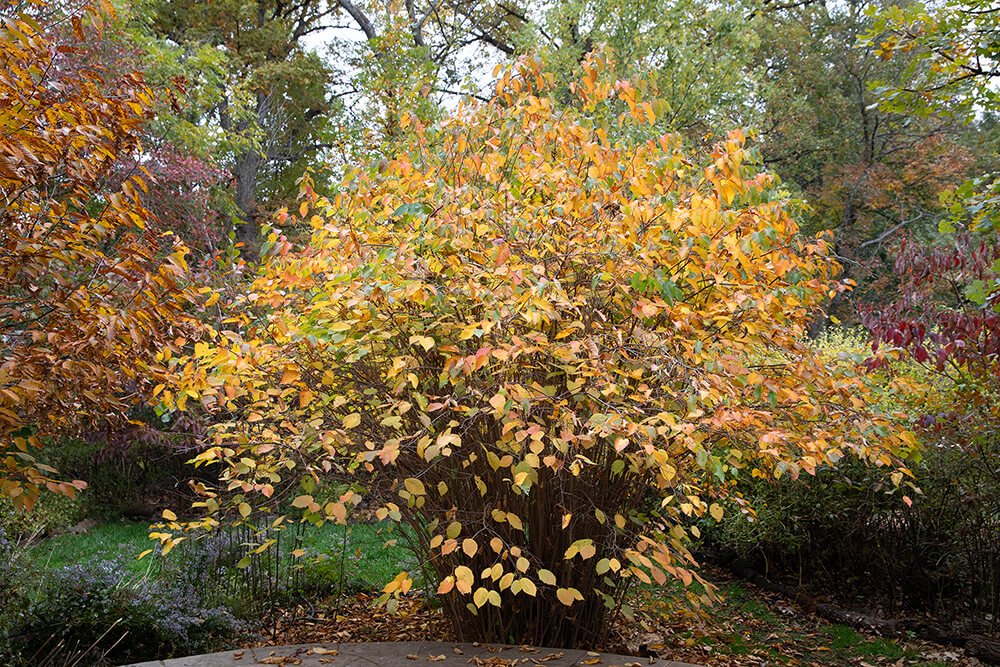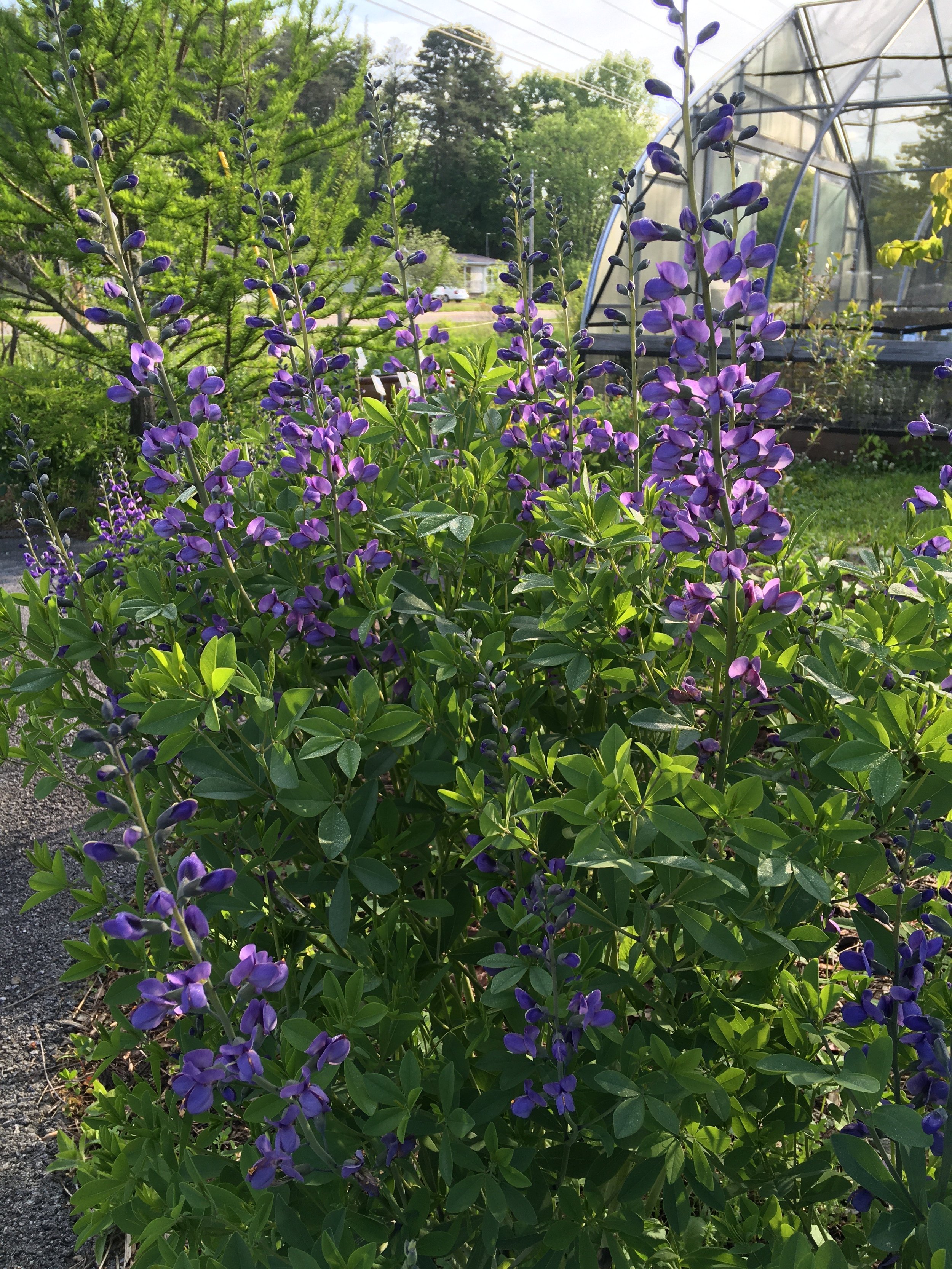 Image 1 of
Image 1 of


Baptisia alba - (White False Indigo)
GARDEN SITE: Full Sun-Part Shade. Average, Dry to Medium, well-drained soil.
SIZE: 2-4 ft. Spread: 2-2 ½ ft.
FLOWERS: White blooms April-May
WILDLIFE: Attracts Butterflies.
LARVAL HOST TO: Wild indigo duskywing + Zarucco Duskywing
ZONE: 5-8
Plant in prairies, meadows, gardens etc. Attractive seedpods. Best as a specimen or in small groups. Rabbit, Drought, Erosion, Clay Soil, Dry Soil and Shallow-Rocky Soil Tolerant.
About: This eye catching perennial can be found near the edge of woods, the wetlands and sunny places in between. It's woody base supports it's upright, shrub-like growing habit. The bluish green foliage accents spires of pea shaped violet flowers. Can be used as blue dye. Can be used medicinally. Be aware some species in this genus are toxic.
GARDEN SITE: Full Sun-Part Shade. Average, Dry to Medium, well-drained soil.
SIZE: 2-4 ft. Spread: 2-2 ½ ft.
FLOWERS: White blooms April-May
WILDLIFE: Attracts Butterflies.
LARVAL HOST TO: Wild indigo duskywing + Zarucco Duskywing
ZONE: 5-8
Plant in prairies, meadows, gardens etc. Attractive seedpods. Best as a specimen or in small groups. Rabbit, Drought, Erosion, Clay Soil, Dry Soil and Shallow-Rocky Soil Tolerant.
About: This eye catching perennial can be found near the edge of woods, the wetlands and sunny places in between. It's woody base supports it's upright, shrub-like growing habit. The bluish green foliage accents spires of pea shaped violet flowers. Can be used as blue dye. Can be used medicinally. Be aware some species in this genus are toxic.
GARDEN SITE: Full Sun-Part Shade. Average, Dry to Medium, well-drained soil.
SIZE: 2-4 ft. Spread: 2-2 ½ ft.
FLOWERS: White blooms April-May
WILDLIFE: Attracts Butterflies.
LARVAL HOST TO: Wild indigo duskywing + Zarucco Duskywing
ZONE: 5-8
Plant in prairies, meadows, gardens etc. Attractive seedpods. Best as a specimen or in small groups. Rabbit, Drought, Erosion, Clay Soil, Dry Soil and Shallow-Rocky Soil Tolerant.
About: This eye catching perennial can be found near the edge of woods, the wetlands and sunny places in between. It's woody base supports it's upright, shrub-like growing habit. The bluish green foliage accents spires of pea shaped violet flowers. Can be used as blue dye. Can be used medicinally. Be aware some species in this genus are toxic.
YOU MIGHT ALSO LIKE
















